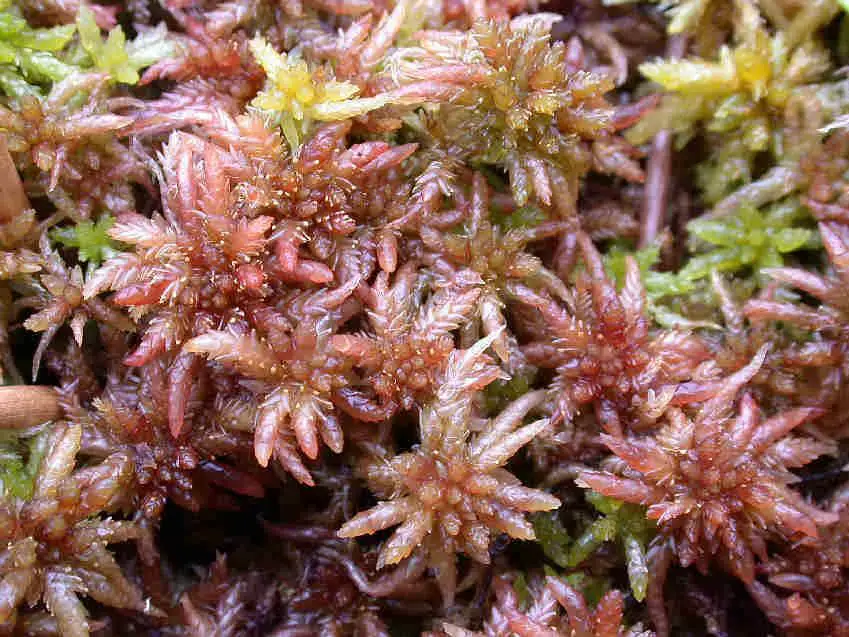
Sphagnum_magellanicum_011.JPG from: https://cisfbr.org.uk/Bryo/Cornish_Bryophytes_Sphagnum_magellanicum.html
Introduction
Welcome, fellow moss enthusiasts! Today, we’re going to delve into the fascinating world of Sphagnum magellanicum Brid., a remarkable moss species that belongs to the Sphagnaceae family, commonly known as Sphagnum
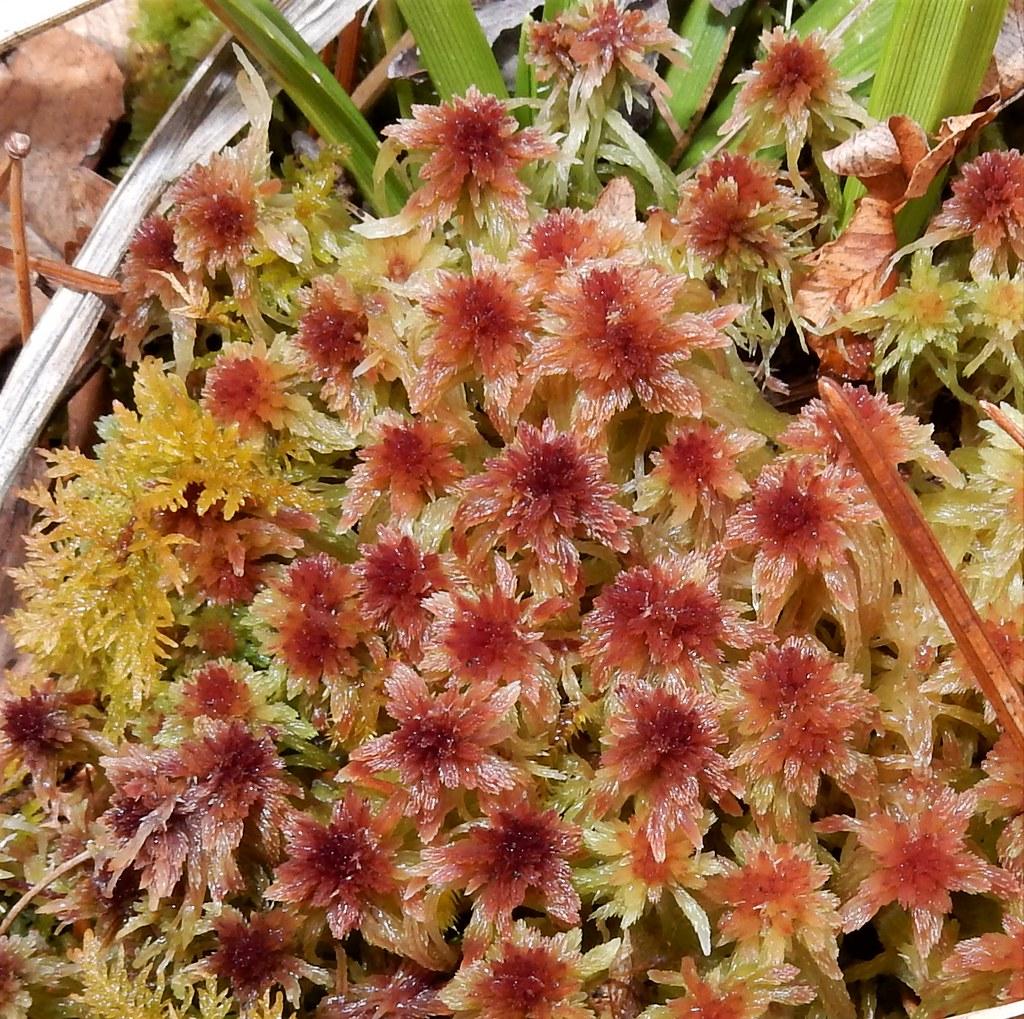
32959349644_11084327c4_b.jpg from: https://www.flickr.com/photos/94039310@N08/32959349644/
. Get ready to embark on a journey through the intricate details of this incredible Bryophyte.
Background
Before we dive into the nitty-gritty of Sphagnum magellanicum, let’s set the stage with a bit of background information. Bryophytes are a group of non-vascular plants that include mosses, liverworts, and hornworts. These tiny yet mighty plants have been around for millions of years, playing a crucial role in various ecosystems.
Main Content
Morphology and Identification
Sphagnum magellanicum is a pleurocarpous moss, meaning its branches grow horizontally from the main stem. It forms dense, compact cushions or mats, with a striking reddish-brown to green coloration. The leaves are ovate-lanceolate in shape, and the stem leaves are lingulate (tongue-shaped). One of the key identifying features of this moss is its
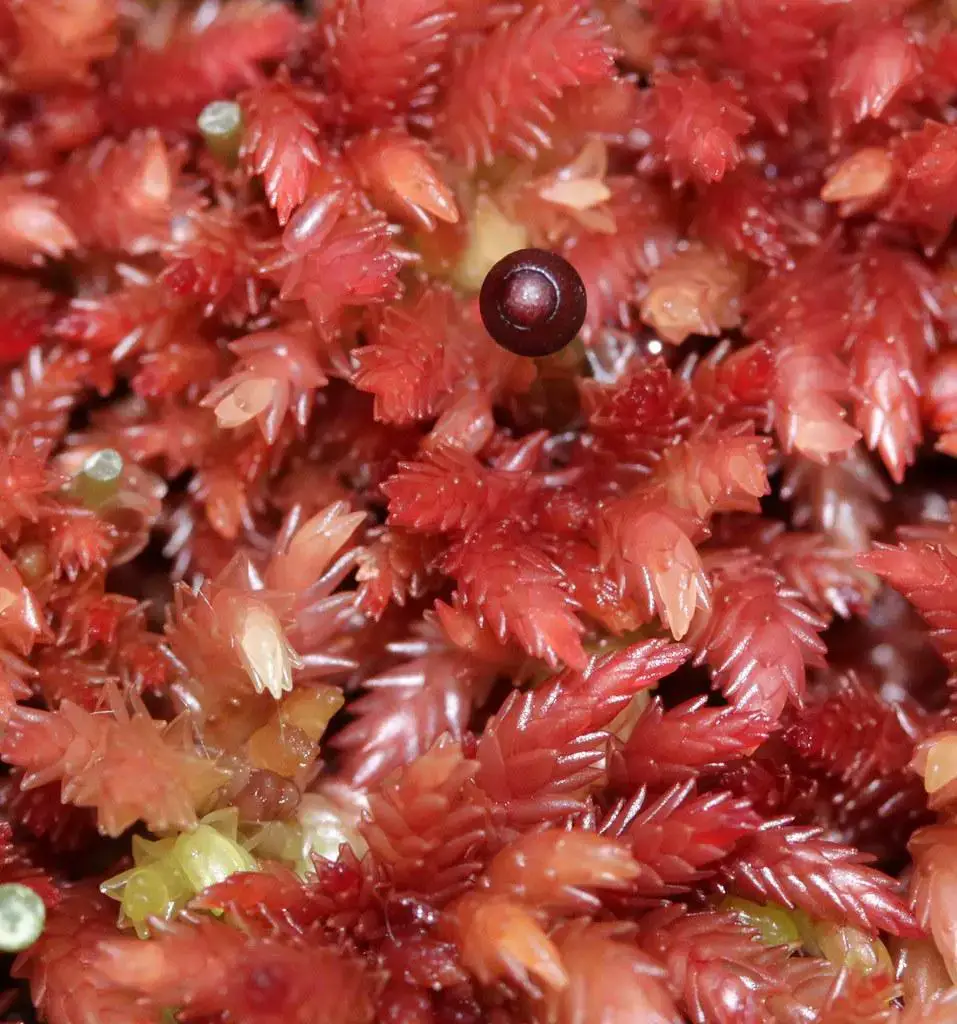
5082197882_fbbc7b3d18_b.jpg from: https://www.flickr.com/photos/bscg/5082197882/
capitula (compact head-like clusters) at the tips of the branches.
Global Distribution and Habitat
This moss species has a widespread distribution, found in various regions across the globe, including North America, Europe, Asia, and even Antarctica. It thrives in acidic, nutrient-poor environments, such as bogs, fens, and tundra regions. Sphagnum magellanicum is a true master of adaptation, able to survive in harsh, waterlogged conditions.
Ecological Roles and Adaptations
Sphagnum mosses, including S. magellanicum, play a vital role in peatland ecosystems. They act as ecosystem engineers
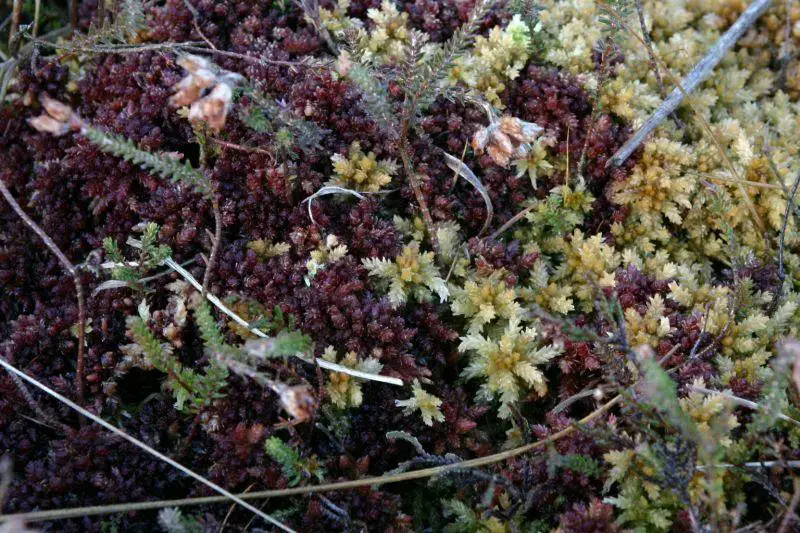
e31d64b30796d74aa83ae3ab4fdcff98.jpg from: https://eunis.eea.europa.eu/species/197051
, creating and modifying their environment through their unique ability to acidify and retain water. These mosses are also known for their anti-microbial properties, which help them resist decomposition and contribute to the formation of peat.
One of the remarkable adaptations of
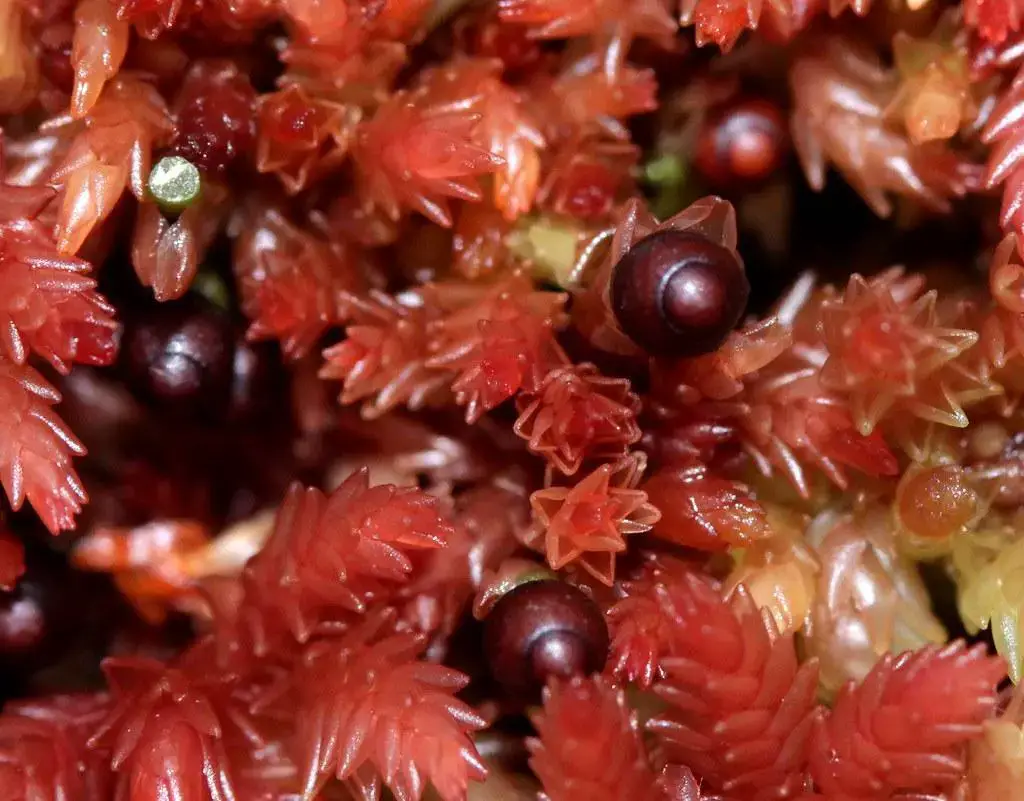
5081649123_4c0b61d01f_b.jpg from: https://www.flickr.com/photos/bscg/5081649123
Sphagnum magellanicum is its ability to regulate its water content. The moss has specialized cells called hyaline cells that act as water reservoirs, allowing it to survive in both wet and dry conditions.
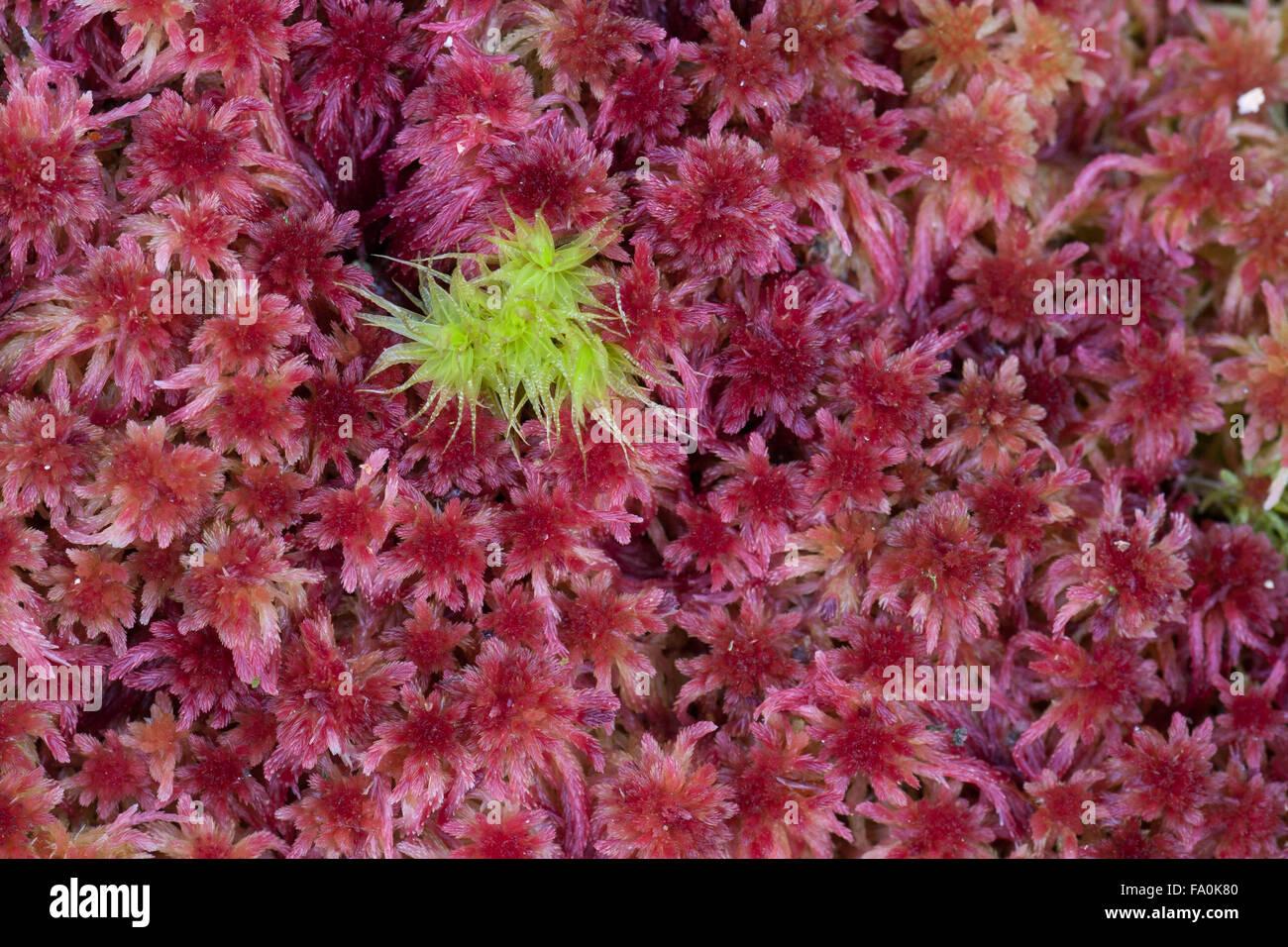
purple-and-green-peat-moss-close-up-sphagnum-magellanicum-FA0K80.jpg from: https://www.alamy.com/stock-photo-purple-and-green-peat-moss-close-up-sphagnum-magellanicum-92213520.html
Case Studies/Examples
In Tierra del Fuego
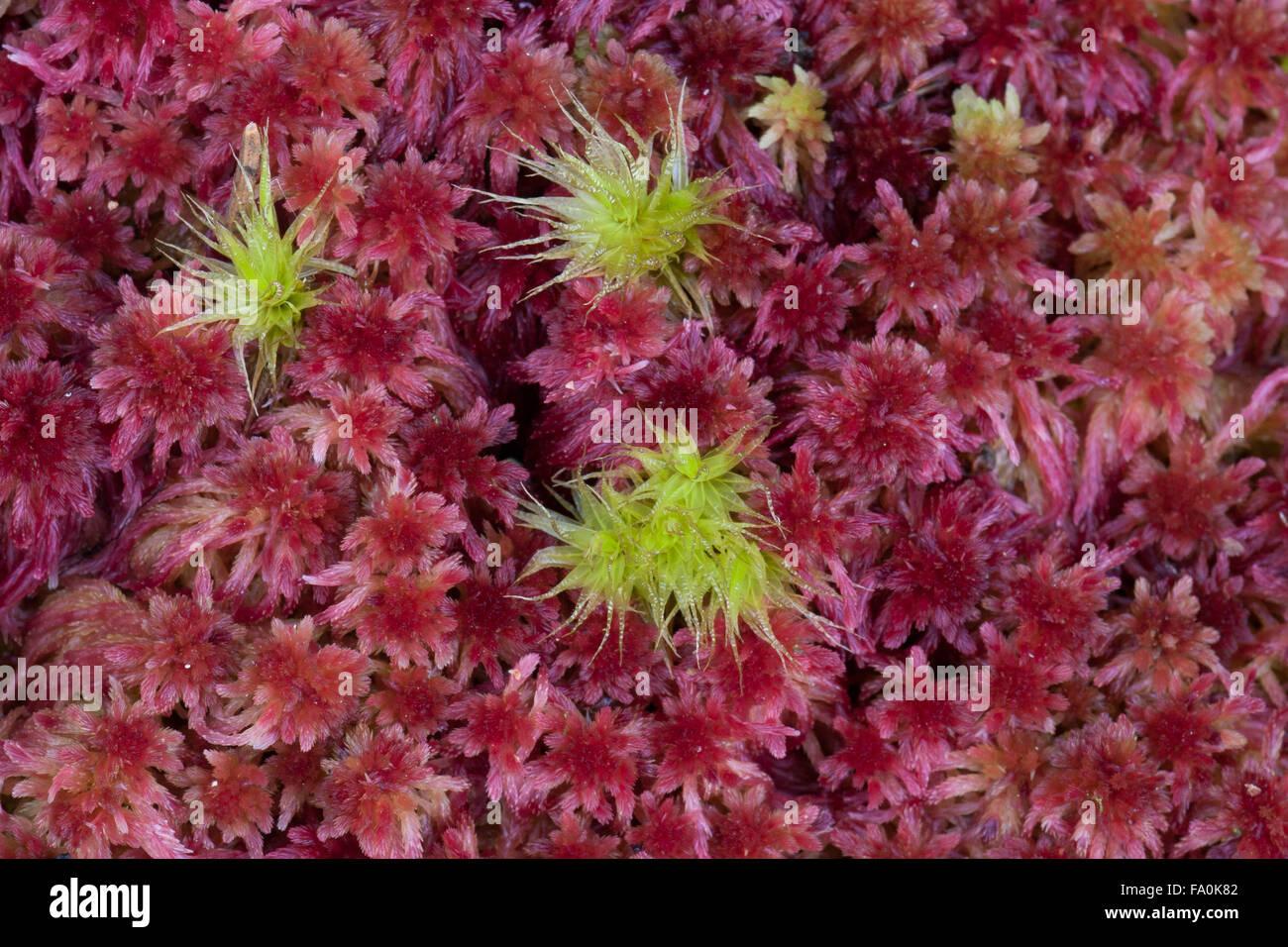
purple-and-green-peat-moss-close-up-sphagnum-magellanicum-FA0K82.jpg from: https://www.alamy.com/stock-photo-purple-and-green-peat-moss-close-up-sphagnum-magellanicum-92213522.html
, Argentina, Sphagnum magellanicum
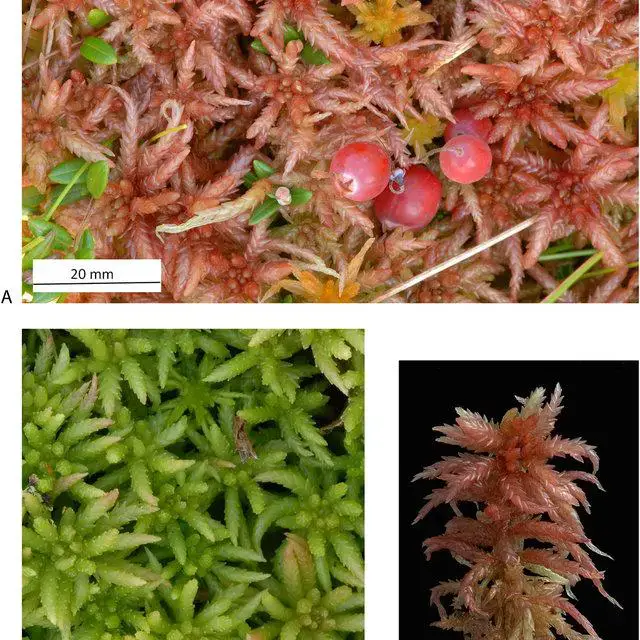
Sphagnum-divinum-Flatberg-Hassel-A-Holotype-specimen-photo-TRH-B-39078-together_Q640.jpg from: https://www.researchgate.net/figure/Sphagnum-magellanicum-Brid-A-Habit-in-ombrotrophic-mire-hummock-B-C-Field-mixtures_fig2_326350641
plays a crucial role in the formation of Sphagnum peatlands, which are important carbon sinks and habitats for various plant and animal species.
Technical Table
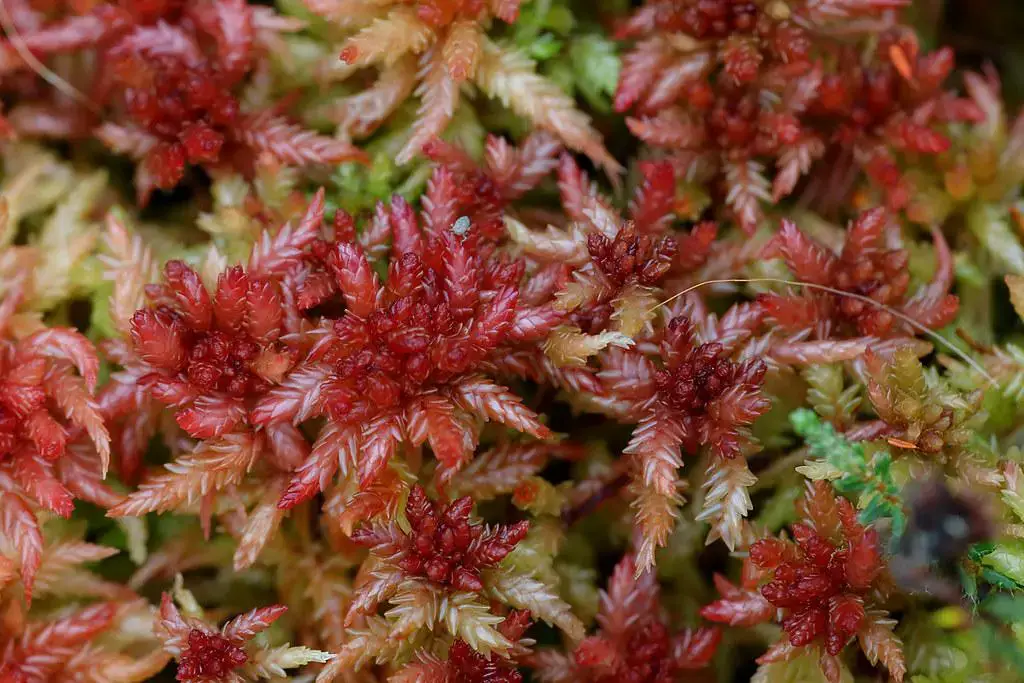
3999341540_65f24a6630_b.jpg from: https://www.flickr.com/photos/23985726@N05/3999341540

52635940781_6ccd38c181_b.jpg from: https://www.flickr.com/photos/94039310@N08/52635940781/
| Characteristic | Description |
|---|---|
| Phylum | Bryophyta |
| Class | Sphagnopsida |
| Order | Sphagnales |
| Family | Sphagnaceae |
| Genus | Sphagnum |
| Species | Sphagnum magellanicum Brid. |
| Growth Form | Pleurocarpous moss |
| Leaf Shape | Ovate-lanceolate (stem leaves lingulate) |
| Color | Reddish-brown to green |
| Habitat | Bogs, fens, tundra |
Conclusion
Sphagnum magellanicum Brid. is a true marvel of nature, showcasing the incredible adaptations and ecological significance of mosses. From its unique morphology to its vital role in peatland ecosystems, this species reminds us of the intricate web of life that surrounds us. As we bid farewell to this moss adventure, ponder this: How can we better appreciate and protect these unsung heroes of the plant kingdom?